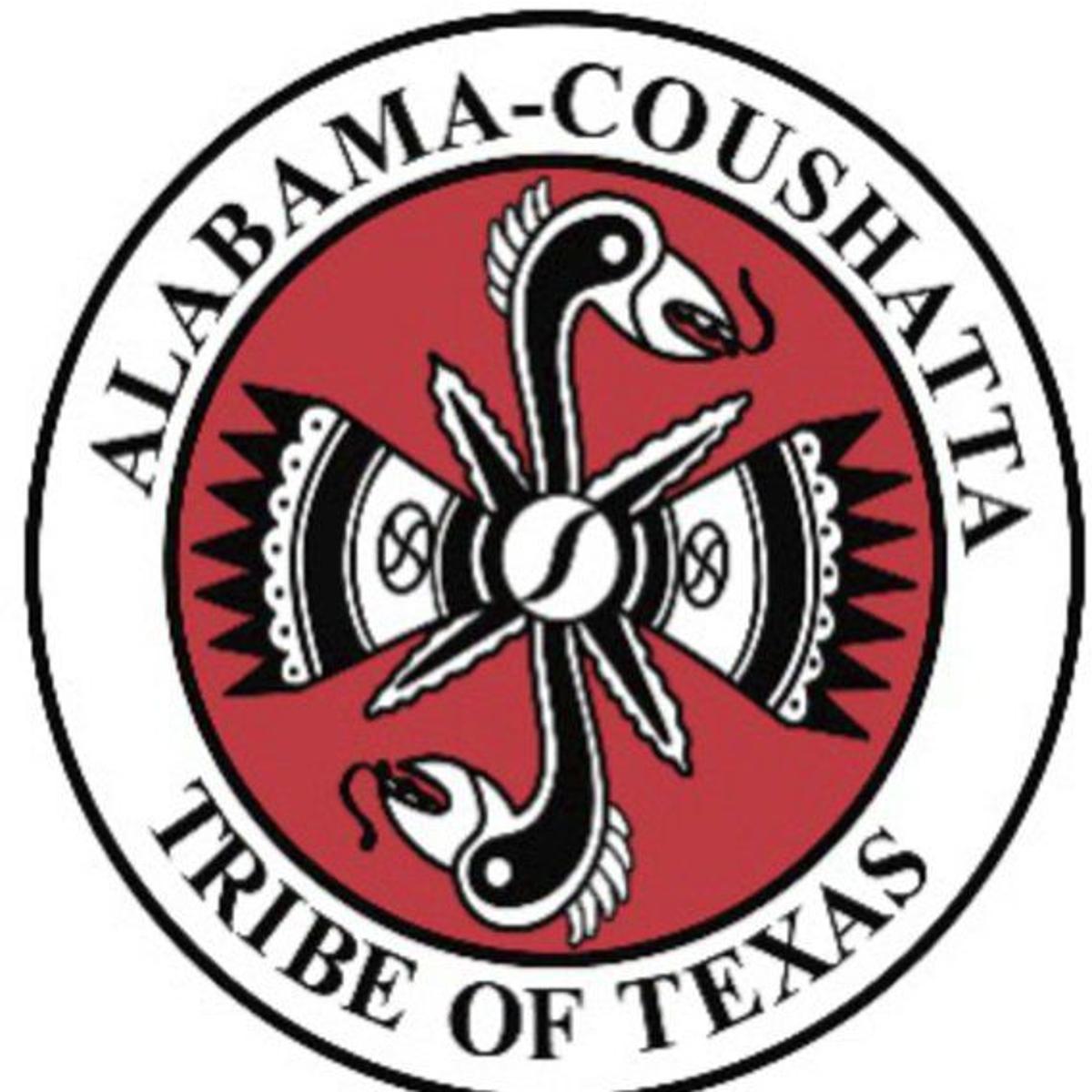The Alabama Tribe was a Southeast Indian Tribe of Native Americans. The state of Alabama is named after the tribe.
They once occupied the upper Alabama River and were members of the Muscogee Creek Confederacy.
The Alabama tribe once lived closer to the coast. However, they were forced to move due to the influx of settlers coming from Europe.
History of the Alabama Tribe
The first European to come into contact with the tribe was the Spanish Conquistador Hernando de Soto. He encountered the tribe in 1540 but did not stay long during his long journey throughout the New World.
In the 18th century, the French would build a fort that would become Mobile, Alabama. Mobile would play an important role throughout various American Wars.
The Alabama tribe would become part of the Creek Confederacy. Although part of the Confederacy, they had minimal contact with the British and French and seemed to avoid conflict.
After the British defeated the French during the French and Indian War, the Alabama tribe was placed in a precarious situation. There was an influx of English settlers flowing into the 13 original colonies, and their lands were under attack from hostile Native American tribes. They left Alabama.
The Alabama tribe and their close allies, the Coushatta, moved away from the conflict. They wanted to avoid the powerful Choctaw tribe, who seemed to be growing more powerful and expansive during this time and settled in parts of Louisiana and Texas.
Alabama and Coushatta towns were divided into "red" and "white" towns. The "white" towns were responsible for keeping the peace and for providing refuge, while the "red" towns were responsible for conducting military campaigns. However, they had "red" and "white" towns and the Alabama-Coushattas thought of themselves as peace-loving people.
In 1795, the Coushatta arrived in the Big Thicket area of East Texas.
In 1805, nearly 1,000 Alabama Indians came to Tyler County's Peach Tree Village in East Texas. The two tribes developed a strong friendship as they roamed and hunted their new land together. In the early 19th century, the Texas Congress granted each tribe two strips of land along the Trinity River. This would not last as American expansion continued, and the tribes were overwhelmed.
Sam Houston, the governor of Texas, recommended that the state purchase 1,280 acres for the Alabamas; although money was appropriated to buy 640 acres for the Coushattas, the land was never bought. Either through marriage or special permission, many Coushatta went to live on the land given to the Alabama tribe. Other Coushatta had stayed in an area in southern Louisiana near the Red River.
By 1820, there were three main Alabama towns and three large Coushatta towns in east Texas, in the region known as the Big Thicket. In 1854, the Alabama tribe was given 1,280 acres in Polk County. The following year, 640 acres, also in Polk County, were given to the Coushattas. The Coushatta claim was disputed by settlers in 1859. After the dispute was decided in favor of the settlers, the Coushatta went to live with the Alabama tribe on their land.
The federal government approved a large grant in 1928 to purchase additional land near the reservation; it was granted to the "Alabama and Coushatta tribes." Since that time, the reservation has officially been known as "Alabama-Coushatta."

Conclusion
Due to the peaceful nature of the Alabama people, they were able to survive American expansion, unlike many of the other tribes that fought and were defeated by the American military.
Their support of Texas independence during the War of Texas Annexation against Mexico was rewarded by Sam Houston when he gave them lands where they still live today. It is the oldest reservation in the State of Texas.
Many tribe members were influenced by Christianity and became followers of Jesus. Many still practice their traditional tribal religion as well.
